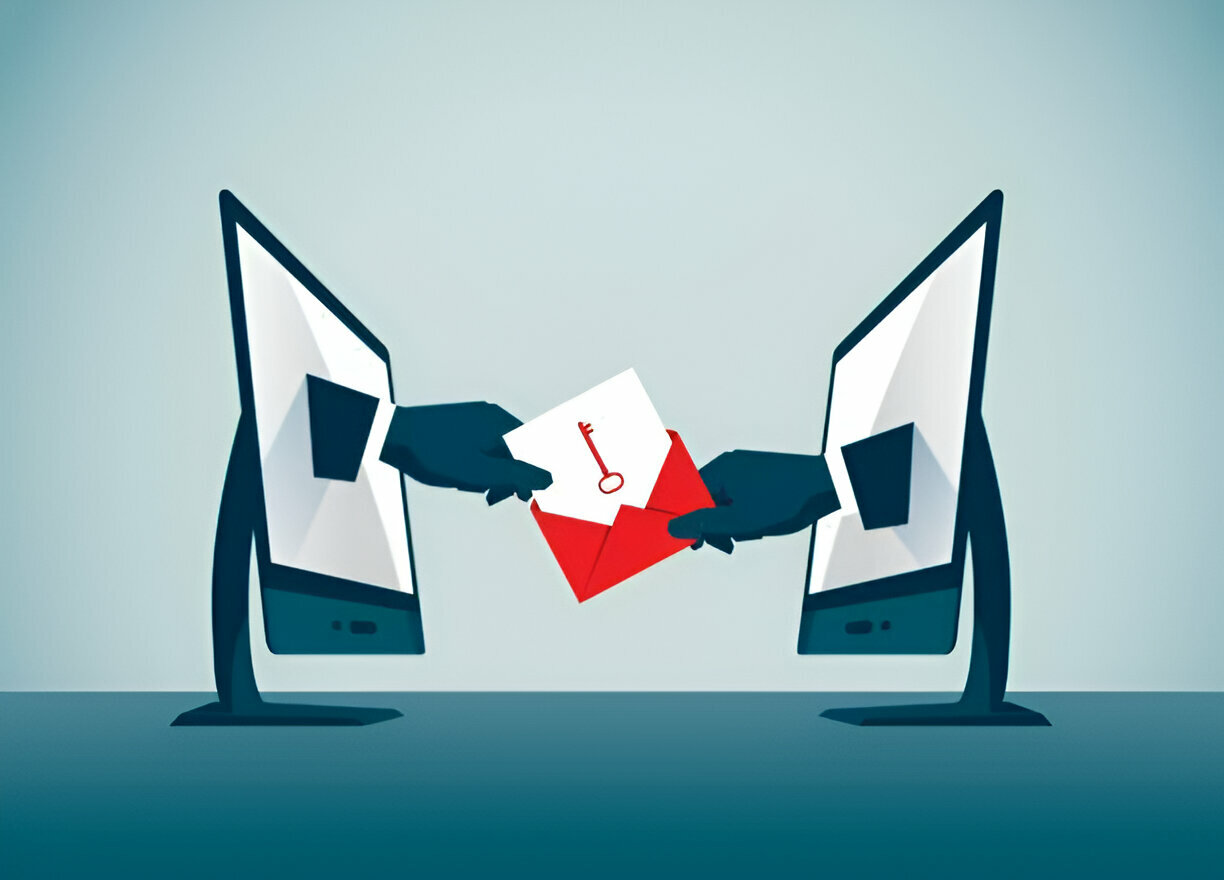Email remains a primary communication tool for businesses, but it is also a major target for cyber threats. Many organizations rely on an email security gateway to protect their data and prevent attacks. However, misconfigurations and poor security practices can still leave businesses vulnerable. Here are six common email security gateway mistakes to avoid to keep your company safe.

1. Not Enabling Advanced Threat Protection
Modern cyber threats, such as phishing, ransomware, and zero-day attacks, continue to evolve. Many businesses install an email security gateway but fail to enable advanced threat protection features. Without real-time scanning and AI-based threat detection, malicious emails can bypass security filters. To ensure complete protection, businesses should implement behavioral analysis, attachment sandboxing, and link scanning to detect suspicious activity before it reaches inboxes.
2. Weak Spam Filtering Settings
Spam emails are not just annoying—they can be dangerous. Many cybercriminals use spam emails to deliver malware or trick employees into phishing scams. A common mistake is setting the spam filter too low, allowing harmful emails through, or too high, blocking legitimate messages. ICSLA recommends regularly reviewing and fine-tuning spam filter settings to balance security and business communication needs.
3. Lack of Email Encryption
Sensitive business information, including financial data and customer details, is frequently shared over email. Without proper email encryption, confidential information can be intercepted by cybercriminals. Businesses should enable end-to-end encryption to protect sensitive emails from unauthorized access. ICSLA offers secure encryption solutions to ensure emails remain private and compliant with data protection regulations.
4. No Backup and Recovery Plan
Many businesses assume their email security gateway is enough to prevent data loss. However, email servers can fail, ransomware attacks can lock email access, and accidental deletions can occur. Without a Backup Recovery California plan, businesses risk losing critical email data permanently. ICSLA provides robust backup and recovery solutions to restore lost emails quickly and minimize downtime.
5. Ignoring User Training and Awareness
Even with the best security systems in place, human error remains a major risk. Employees who are unaware of email security best practices can fall for phishing attacks or share sensitive data unintentionally. Regular cybersecurity awareness training helps staff recognize threats and follow secure email practices. ICSLA offers customized training programs to educate teams on identifying and handling potential email threats.
6. Failing to Monitor and Update Security Policies
Cyber threats constantly evolve, and so should security measures. Many businesses fail to update their email security gateway settings or monitor email traffic for anomalies. Regular security audits, updates, and monitoring ensure that protection remains strong against new and emerging threats. ICSLA provides continuous security monitoring to detect and respond to email-based threats in real time.
Conclusion
Avoiding these common mistakes can significantly improve your business’s email security and prevent costly cyberattacks. By enabling advanced threat protection, implementing encryption, ensuring backup recovery solutions, and training employees, companies can create a robust security strategy. ICSLA offers industry-leading email security gateway solutions to safeguard businesses against evolving threats. Protect your emails and secure your data with ICSLA today.
